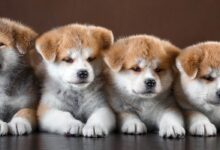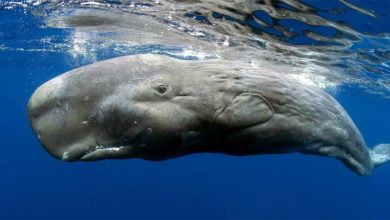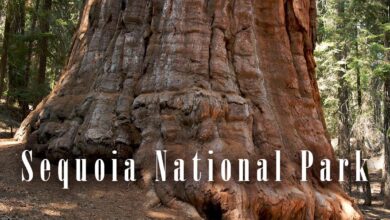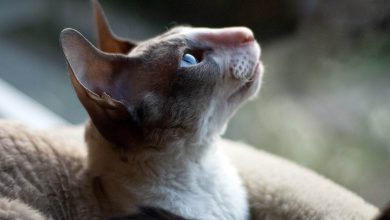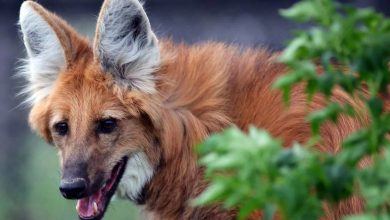Rhinogrades, snouters (Rhinogradentia)
Rhinogradentia – unusual mammals walking on their noses
The chances of discovering a new species of animal are quite high even today. There are still places where animals unknown to science may hide. But is it possible to discover not a species, but even a whole group of them? Several decades ago, when a Swedish researcher announced the discovery of small mammals called snouters, many scientists had no doubt about it.
The discovery of an animal unknown to humans almost always becomes a sensation. In case, it is supported by evidence – also a scientific sensation. For this reason, in the 50s of the last century there was a lot of buzz about rhinogrades (from Gr. rhinos – nose and Latin gradus – step), or snouters – small mammals inhabiting several islands in the Pacific Ocean.
They were distinguished by having a so-called “nasorium” – an outgrowth formed from a strongly transformed nasal bone, which served these animals as an additional limb used for fast running, jumping and even grasping objects.
Rhinogrades were described by the Swedish zoologist Harald Stümpke, giving them the rank of an order included in the group of placental mammals. Rhinogrades became so famous, and were so well described, that for a long time many people could not believe that neither they nor their discoverer… ever existed.
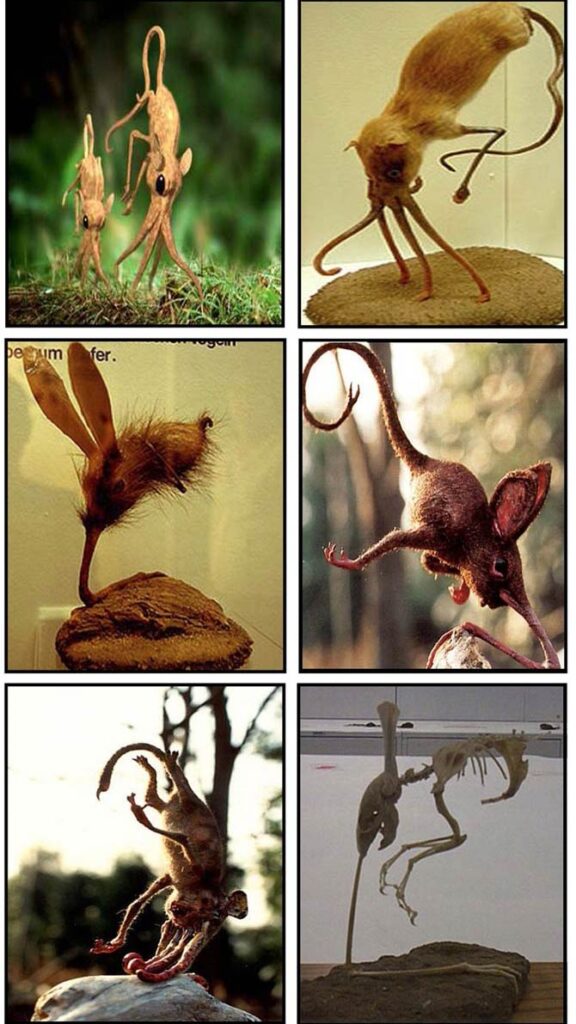
Teach scientists a lesson
This perhaps the most carefully prepared mystification in the history of biological science was the idea of German zoologist Gerofl Steiner (1908-2009). He was very passionate about evolution and was involved in the study of organisms developing in isolation. He was distrustful of his professional colleagues, who were skeptical about the study of animals known mainly from stories told by natives and hunters, and who were uncritical of other scientists’ opinions.
Meanwhile, many animals evolving on islands or isolated lands take on forms that are quite unusual (remember, for example, platypus (Ornithorhynchus anatinus) or the kiwi or gigantism and island dwarfism). The study of such organisms has encountered difficulties because scientific institutions have been reluctant to provide grants to search for animals often known only from stories told by local people. In order to draw attention to the overconfidence in the opinion of representatives of the scientific world, the German scientist came up with an idea for which he was to be known in the future more than for any other achievement.
To begin with, Steiner invented the character of Harald Stümpke, a Swedish zoologist who was curator of the Hy-yi-yi Institute at the Darwin Museum. He compiled a detailed biography of him, including his scientific publications. Steiner himself introduced himself as Stümpke’s long-time collaborator and illustrator of his works. Stümpke was to be the sole discoverer and principal investigator of the snouters.

Lost Archipelago
The rhinogrades described by Stümpke are endemics inhabiting only the islands of the Hy-yi-yi archipelago – it was supposed to be located in the Pacific, and it consisted of 18 islands with a total area of 1690 km2. The first description of the Hy-yi-yi archipelago dates back to 1941, and it was made by Einar Pettersson-Skämtkvist – a Swedish researcher who ended up in a Japanese prisoner of war camp, and when he escaped from it, he accidentally found this archipelago.
Before he was saved, he got to know these islands a bit; among other things, he found that the only mammals that inhabit them are similar to European mice and shrews, but that they use their noses as an extra limb when moving. These revelations caught the interest of his friend, the zoologist Harald Stümpke, who spent several years studying and describing these creatures in detail.
Unfortunately, the Hy-yi-yi archipelago ceased to exist at the end of the 1950s as a result of the US Army’s testing of thermonuclear weapons. These islands – as uninhabited and without any economic or military – were considered an excellent place for such tests.
This, unfortunately, also put an end to rhinogrades which, apart from Hy-yi-yi, has not occurred anywhere else in the world. Thus, Stümpke’s publication and the illustrations contained therein remained the only evidence of the existence of these creatures – the only one, but perfectly documented, containing detailed drawings, maps and charts.

Unusual mammals
Rhinogrades (Latin: Rhinogradentia) were the closest mammals to insectivores, probably descended from shrews. They were not large – most reached the size of mice. Stümpke managed to discover and describe 189 species, which he classified into 29 genera belonging to 14 families.
Rhinogrades achieved great diversity in structure and lifestyle – much like Darwin’s famous “finches,” there was considerable variation in the structure of animals descended from a common ancestor to occupy distinct ecological niches. Most rhinogrades were herbivorous, but there were also predatory species and even those living underground, like moles.
A common feature of all rhinogrades was the nasorium, an organ formed from the enlarged nasal bone and cartilage of the nose. In most rhinogrades it served as a locomotor organ. An example was Hopsorrhinus aureus, which even used it for jumping.
Species of the genus Otopteryx had the ability to glide due to their oversized ears, while their nasorium was flat and used for steering. Other species used this organ to obtain food – in some it ended with an appendage for catching insects. In still others, the nasorium was branched and allowed to walk faster than with the limbs.

Scientific publications
Stümpke published the results of his research in the book Bau und Leben der Rhinogradentia (translated into English in 1967 as The Snouters: Form and Life of the Rhinogrades), which was published in 1957 in Stuttgart. In the following years, it was also published in a translated version in Paris, New York and Tokyo. The publication enjoyed great popularity and recognition, also in the world of science. It was praised for its accuracy, excellent quality illustrations of these animals, their way of moving, and anatomy. The book also includes detailed maps and charts.
The work of Stümpke (or rather Steiner) met with an extremely favorable reception – so much so that his book was reissued four times and the entire circulation was quickly sold out each time. Most scholars did not discover the hoax, and more than one decided to write a work on snouters – based on the work of Stümpke, of course. Unknowingly, such people contributed to the further spread of the hoax and the fact that more and more people believed in it.
The information about the rhinogrades appeared in April 1967 in Natural History, a magazine published by the American Museum of Natural History. In May of the same year, The New York Times featured these animals on the front page.
It is worth noting that the New York newspaper published the news as an April Fools’ joke, while a scientific periodical presented the same information as real.
Gradually, however, even the most enthusiastic scientists realized that the whole thing was a figment (invention) of a German scientist.

The legacy of the Rhinogradentia history
A byproduct of the hoax, back in the days when the existence of snouters was widely believed, was paying more attention to environmental issues. Scientists noted that the story of Rhinogradentia – although ultimately made up – could have really happened. Man, by destroying the environment, may contribute to the extinction of entire groups of animals, without even knowing it.
Above all, however, scientists began to be more cautious about descriptions of previously unknown animals, especially those that no one had heard of before. Scientific institutions began to finance field research more willingly, including the search for those organisms, the existence of which was not clearly proven – after all, animals such as okapi and gorillas were also known initially only from the stories of the natives. As a result, scientific research made it possible to expand our knowledge of the world, but without the risk of another great mystification.
While some may feel that the role of “myth-busters” is unbecoming for scholars, discovering the truth often requires appropriate efforts and resources. The final result of such research always has a positive effect on the development of knowledge about the world, because even seemingly trivial research can bear extraordinary fruit. This is what Gerolf Steiner wanted to point out and he achieved his goal.

Rhinogrades, snouters (Rhinogradentia) – interesting facts
- On April 1, 2012, the French Natural History Museum announced the discovery of a mammal of the genus Nasoperferator. It was supposed to forage in wood and dig corridors in tree trunks with the help of turns with a pointed nose. On the second day, it was admitted to be an April Fool’s joke, but many people did not believe the explanation.
- Rhinogrades reconstructions are found in many museums around the world. They are accompanied by descriptions of the entire story.
- Two real species of animals are named after Steiner and Stümpke: the moth Rhinogradentia steineri and the hog-nosed shrew rat / Sulawesi snouter (Hyorhinomys stuempkei).
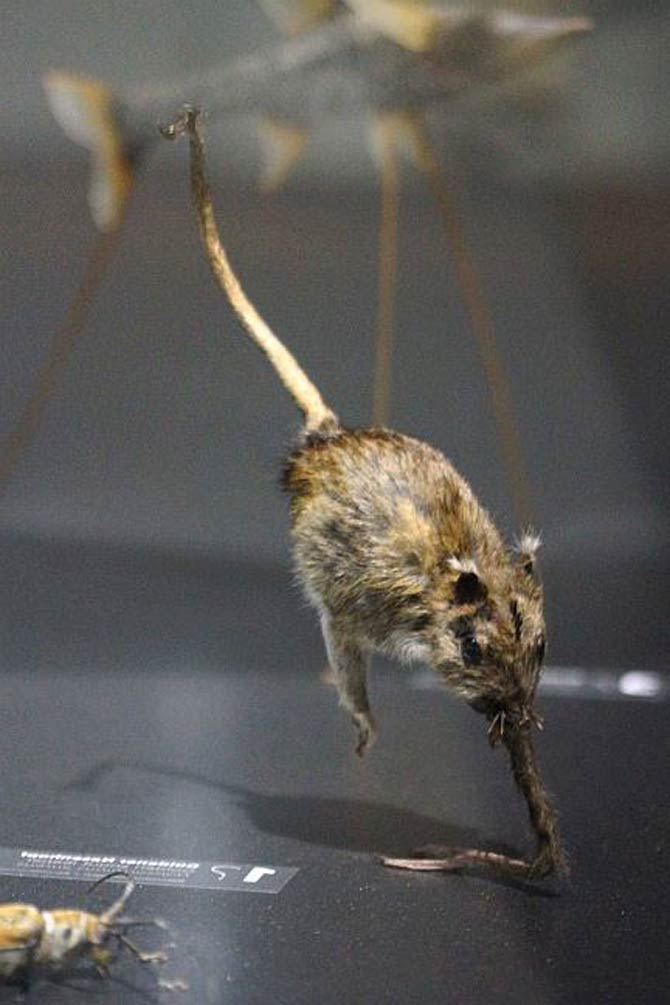
Recommended
- Cryptozoology
- Werewolves
- Giant snakes and sea monsters
- King Kong
- Godzilla
- Dragons
- Loch Ness monster
- Minnesota Iceman
- Yeti
- Bigfoot (Sasquatch)
- Yowie
- Alma
- Mokele-mbembe
- Beast of Gévaudan
- Orang Pendek
- Marozi
- Nadi Bear
- Aboriginal Rainbow Serpent
- Dyatlov Pass incident
- Tsavo lions
- Leopard of Panar
- Champawat Tiger
- Kesagake – a vengeful bear
- Crocodile Gustave
- Man-eaters
- Animal records



